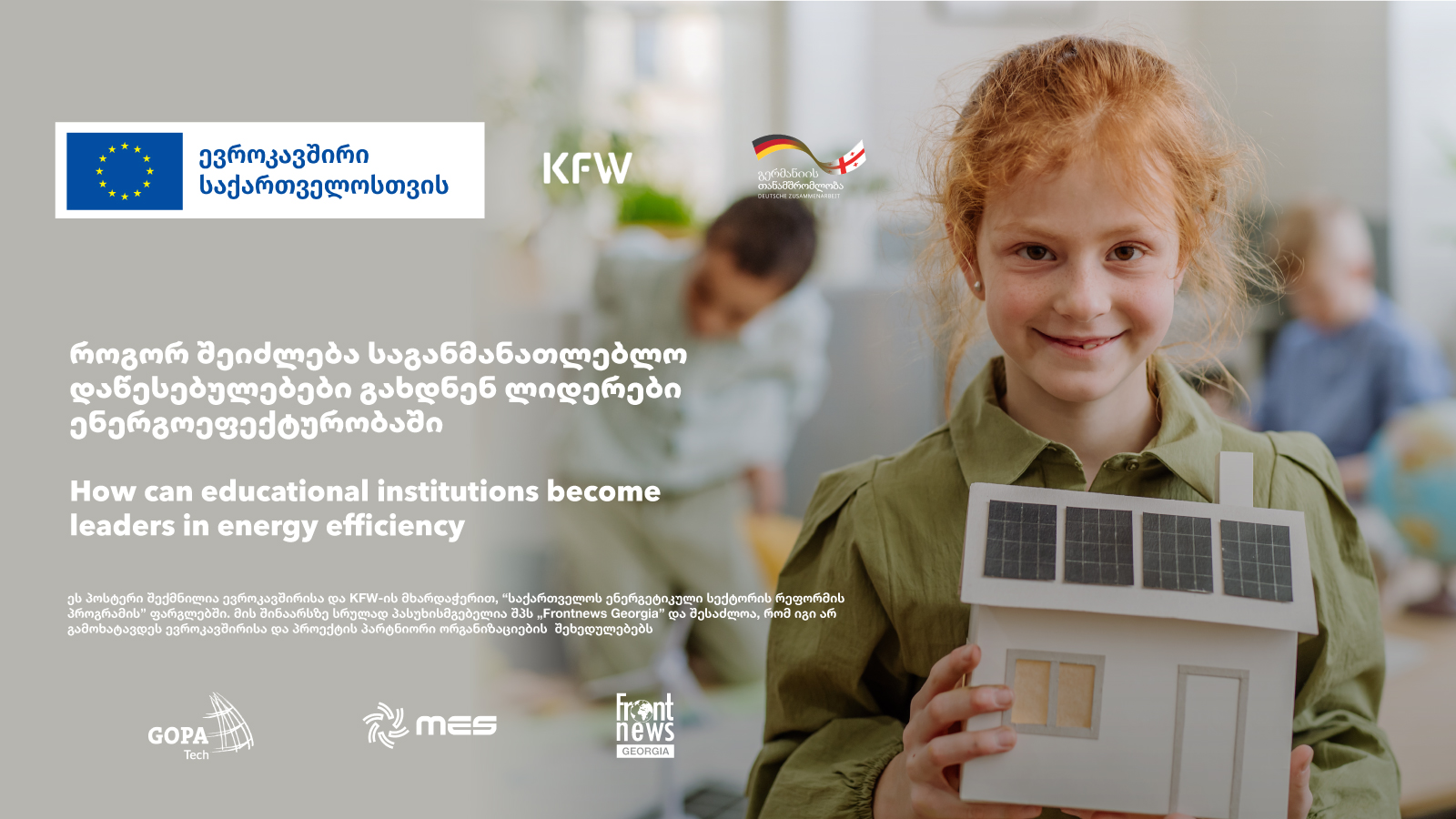How Educational Institutions Can Become Leaders in Energy Efficiency

Author
Front News Georgia
As the world faces growing environmental challenges, educational institutions have a unique opportunity — and responsibility — to lead the way in energy efficiency. By integrating sustainability into their infrastructure, curriculum, and culture, schools and universities can serve as powerful role models while reducing operational costs and preparing future generations to be climate-conscious citizens.
Teaching Energy Efficiency from an Early Age
The foundation of long-term environmental responsibility begins with education. Introducing students to energy efficiency at a young age helps instill habits and values that can last a lifetime.
Curriculum Integration: Lessons on energy conservation, climate change, and sustainable living can be woven into science, geography, and even social studies.
Hands-On Learning: Activities like energy audits, recycling programs, and school garden projects offer practical engagement.
Empowerment through Knowledge: When students understand how their actions affect the environment, they are more likely to take initiative and lead by example.
Simple Measures Schools Can Implement
Energy efficiency doesn't require large-scale renovations to begin making a difference. Many schools can achieve substantial savings and environmental benefits through relatively simple upgrades.
LED Lighting: Replacing old fluorescent bulbs with LED lights can reduce electricity use by up to 70%, lower maintenance costs, and improve classroom lighting quality.
Smart Heating Systems: Programmable thermostats and modern HVAC systems allow for efficient temperature control, reducing unnecessary energy consumption during off-hours.
Solar Panels: Installing solar panels not only decreases dependence on grid electricity but also serves as a live demonstration of renewable energy in action.
Case Studies of Successful School Energy Initiatives
1. Germany – Energy Efficient Schools Project
In Berlin, the "Fifty/Fifty" initiative rewards schools by returning 50% of the money they save through energy conservation efforts. This program has led to significant behavioral changes and infrastructure upgrades, saving millions of euros across participating schools.
2. Estonia – Nearly Zero-Energy Schools
Estonia has constructed several public schools to "nearly zero-energy" standards, incorporating solar panels, passive design, and advanced insulation. These schools use up to 80% less energy than traditional buildings.
3. United Kingdom – Eco-Schools Programme
Through the Eco-Schools initiative, over 19,000 schools in the UK have committed to sustainable practices. Many have installed rainwater harvesting systems, improved energy monitoring, and actively involve students in green teams.
The Role of Students in Promoting Sustainability
Students are not just learners — they are also change-makers. When schools involve students in energy-saving initiatives, it enhances both educational outcomes and sustainability efforts.
Green Teams: Student-led groups can monitor energy use, organize recycling drives, and develop school-wide campaigns.
Energy Ambassadors: Appointing energy ambassadors in each class can encourage daily awareness, such as turning off unused lights or closing doors to maintain heat.
Project-Based Learning: Giving students ownership over sustainability projects increases engagement and builds leadership skills.
EU Support for Educational Institutions
The European Union offers extensive support for energy efficiency in schools and universities through various funding and policy mechanisms.
Horizon Europe: This major research and innovation program funds projects focused on climate action and energy-efficient technologies in education.
European Regional Development Fund (ERDF): Supports the renovation and construction of energy-efficient school buildings across the EU.
Green Public Procurement (GPP): Encourages educational institutions to consider environmental criteria when purchasing products or services, including energy systems and construction materials.
Educational institutions hold the power to shape a more sustainable future — not just through the lessons they teach, but by the example they set. By making cost-effective infrastructure changes, involving students, and leveraging EU support, schools can become dynamic leaders in energy efficiency. In doing so, they reduce costs, build healthier learning environments, and inspire the next generation to carry forward the mission of environmental stewardship.
This article has been produced with the assistance of the European Union and KfW. Its contents are the sole responsibility of Front News Georgia and do not necessarily reflect the views of the European Union and project’s partner organizations.
Tags:
EEToday




